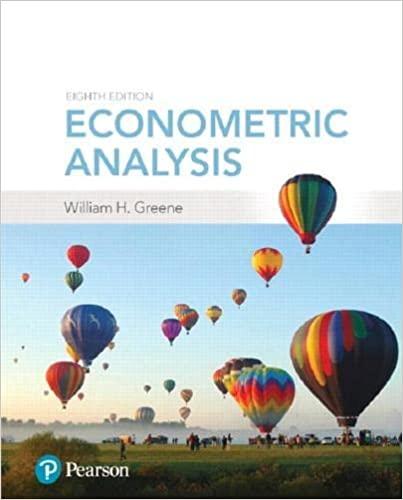Answered step by step
Verified Expert Solution
Question
1 Approved Answer
A consumer has the following utility function: U ( x , y ) = x ( y + 1 ) , where x and y
A consumer has the following utility function: Uxyxy where x and y are quantities of two consumption goods whose prices are Px and Py respectively. The consumer also has a budget of B Therefore, the Lagrangian for this consumer is
xylambdaleftBPx xPy yright
a Verify that this is a maximum by checking the secondorder conditions. By substituting x and y into the utility function, find an expression for the indirect utility function
UUleftPx Py Brightand derive an expression for the expenditure function
EEleftPx Py Uright
b This problem could be recast as the following dual problem
xyU
Find the values of x and y that solve this minimization problem and show that the values of x and y are equal to the partial derivatives of the expenditure function,partial E partial Px and partial E partial Py respectively.
Step by Step Solution
There are 3 Steps involved in it
Step: 1

Get Instant Access to Expert-Tailored Solutions
See step-by-step solutions with expert insights and AI powered tools for academic success
Step: 2

Step: 3

Ace Your Homework with AI
Get the answers you need in no time with our AI-driven, step-by-step assistance
Get Started


